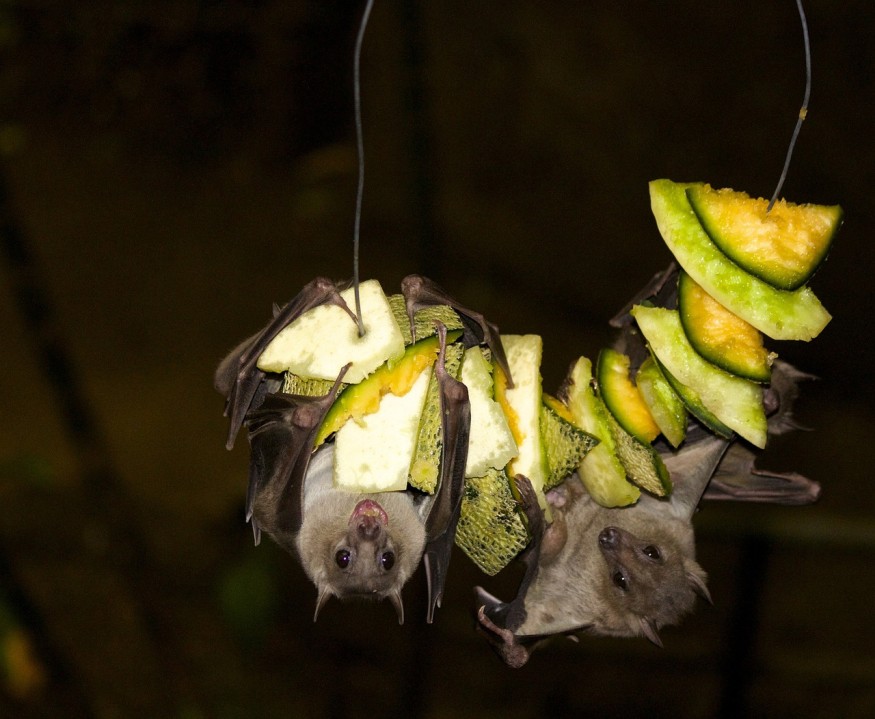
The longevity of bats and their ability to combat viruses help them control inflammation, giving scientists insights on possible tools for combating COVID-19.
Bats have been implicated in many new and even older pathogens that afflict humanity. These include rabies, Ebola, and SARS-nCoV-2, which causes COVID-19. Bats have been observed to have remarkable resistance to these viruses. In addition, they have longer lifespans compared to similarly-sized mammals.
Researchers published an article in Cell Metabolism outlining bats' unique abilities and mechanisms and how they can help develop treatments for human diseases. The authors are biology professors Andrei Seluanov and Vera Gorbunova from the University of Rochester and the National University of Singapore Centre for Healthy Aging director Brian Kennedy.
The COVID-19 causative agent, SARS-nCoV-2, along with a host of other viruses, are thought to have come from bats, who serve as carriers; the bats themselves do not seem to develop disease from it. In addition, a lot of bat species have 30- to 40-year lifespans, which is unusual for their small size, since smaller animals tend to live shorter lives. Gorbunova says that the resistance of bats to infections may be connected to their long life. This could give clues on formulating human treatment.
The researchers' studies also showed inflammation's role in age-related illnesses and aging. Such diseases include Alzheimer's, cardiovascular disease, and cancer. Viruses such as COVID-19 can also cause inflammation. Gorbunova says that the inflammation may be the factor that kills COVID-19 patients.
Gorbunova says that the immune system uses inflammation and fever to fight viral and bacterial infections, but these responses can also overreact and pose a danger to the body itself.
Unlike us, bats have mechanisms that inhibit viral replication and dampen immune responses to viral infections. This causes an optimal bodily reaction, wherein the viruses are controlled with little inflammatory response.
The study authors say that various factors could be contributing to the evolution of bat disease resistance and longevity. The flight could be one factor since it lets bats adapt to rapid body temperature rise, molecular damage, and sudden metabolic surges. Such adaptations are useful in fighting disease.
The environment could be another factor. Dense and large bat colonies are the perfect venue for disease transmission. This constant exposure to viruses triggers bats' immune systems into always being active in a perpetual war with pathogens. Their immune system is always busy evolving mechanisms to combat new pathogens that regularly come in contact with them and their colonies. Gorbunova says that the strongest adaptive or evolutionary driver of disease resistance is a constant war against pathogenic organisms. Dealing with so many viruses, she says, could be developing better immunity and longer lifespans.
Such evolution develops over thousands to millions of years, and will not work for human adaptation to COVID-19. Only recently have humans congregated in congested cities or developed frequent world travel. Humans simply haven't evolved the complex mechanisms of bats. Gorbunova says our bodies may respond to such pathogens with more inflammation.
The study authors also think that aging may exacerbate the harmful effects of COVID-19 in humans. Gorbunova says the pathogenesis of the disease is different in the elderly.
The study authors think that the study of the bat's immune system will provide new therapies against humans aging and diseases. One possible research focus is the inhibition in humans of genes that cause inflammation; these genes have been eliminated in bats.
© 2025 NatureWorldNews.com All rights reserved. Do not reproduce without permission.





